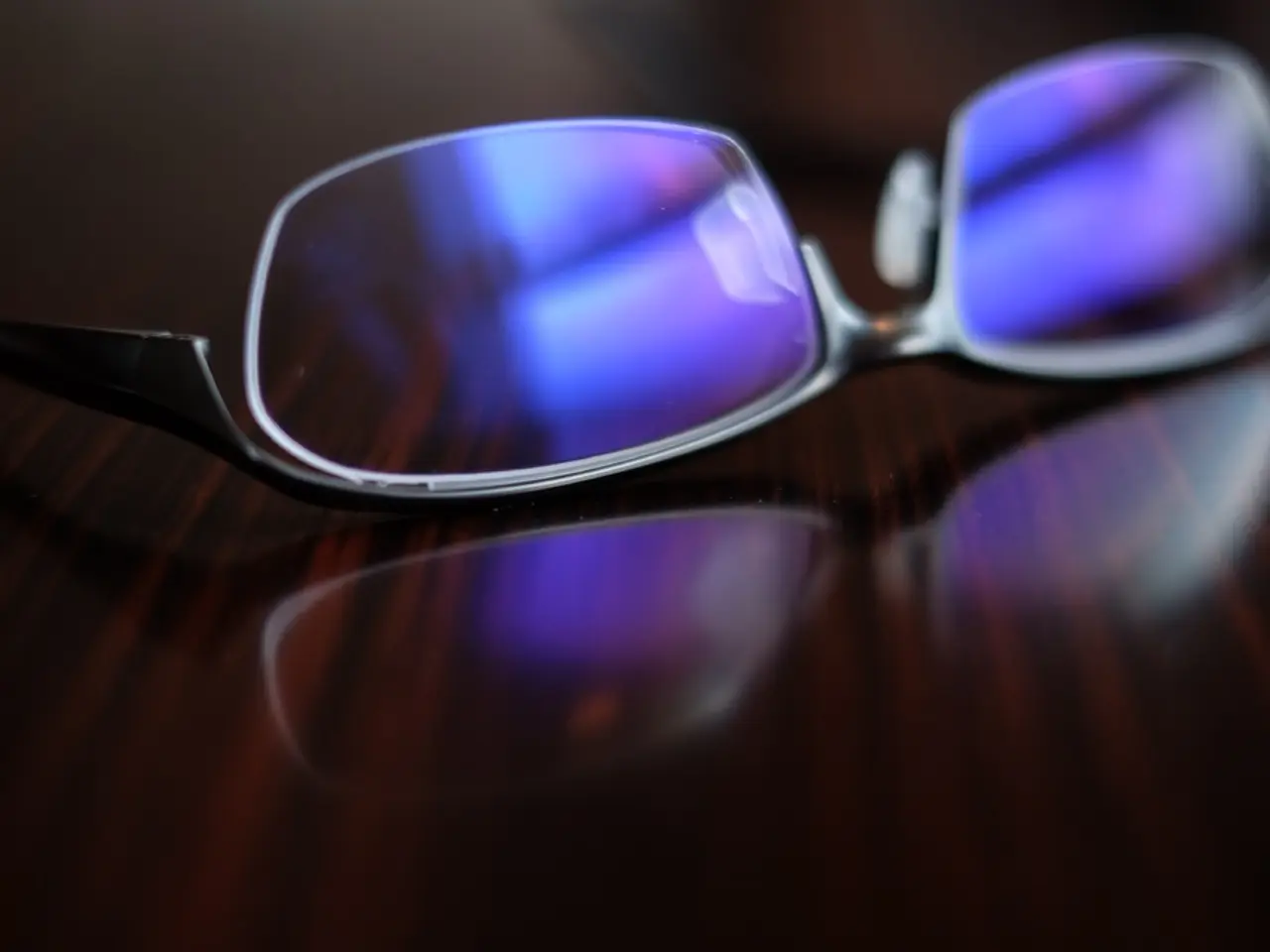Selecting Optimal Telescope Eyepieces
In the world of astronomy, choosing the right eyepieces for your telescope can significantly enhance your observing experience. Here's a guide to help you make an informed decision based on your budget and needs.
For a 1.25" focuser, budget plays a crucial role in selecting the appropriate eyepieces.
Budget Eyepieces (Under $50)
Budget eyepieces in this range are basic but serviceable for beginners. They are often simple Plossl or Kellner types included with many beginner scopes. Affordable Plossls or generic eyepieces from brands like Celestron or Orion are typical choices.
Mid-Range Eyepieces ($100–$250)
In this price range, you'll find high-quality options that balance optical performance and price. The Celestron X-Cel LX 25mm eyepiece, priced around $100, is known for offering a wide field of view and works well with f/5 telescopes with 1.25" focusers. Another example is the Astro-Tech 19mm Premium Flat Field (PF) 1.25" eyepiece, praised for excellent eye relief and sharp flat fields suitable for varied observing conditions.
Premium Eyepieces (Over $250)
Premium eyepieces in this category typically offer wider apparent fields of view, better coatings, and especially comfortable eye relief, often using designs like wide-angle, ultra-wide, or zoom optics. Brands like Tele Vue, Explore Scientific, and Baader Planetarium dominate this range.
When discussing eyepieces, you'll often hear people comment on how well the eyepiece is "corrected." They are referring to how much or how little distortion is visible as you look from the center of the image out toward the edge of the field of view.
Eye relief refers to how close your eye needs to be to the lens in order to see the entire field of view. Most people will be fairly comfortable with an eye relief of 12 mm or more. Larger exit pupils provide a brighter background (worsening contrast, especially under light-polluted skies) and lower power—but condense the brightness of dimmer extended objects.
For a 100mm aperture telescope with an f/6 focal ratio, a 12mm eyepiece gives a 2 mm exit pupil (12mm / focal ratio 6). The exit pupil can be calculated using the formula: exit pupil = focal length of eyepiece / telescope focal ratio (also, aperture of telescope in mm / magnification).
A Barlow lens can save money and add flexibility by allowing each eyepiece to provide two magnifications. However, it's essential to note that the guide focuses on 1.25" eyepieces, and no specialized adapters or 2" eyepieces were recommended for this specific setup.
In summary, this guide aims to help users choose the best eyepieces for their telescope and budget. The wider the apparent field of view, the more the eyepiece will cost. If your setup only accepts 1.25" eyepieces, a 32 mm Plossl with a 50-degree AFOV gives you about as wide a field of view as you can get in a 1.25" eyepiece. For galaxies, you want an exit pupil of 2-4 mm. For emission nebulae and open star clusters, you want 4-7 mm (if your skies are dark and/or a filter is used). For globular star clusters, you want 1-2 mm.
Happy stargazing!
- Budget eyepieces, such as Plossl or Kellner types, are suitable options for beginners and can be found within a budget of under $50.
- In the mid-range ($100-$250), eyepieces like the Celestron X-Cel LX 25mm or the Astro-Tech 19mm Premium Flat Field (PF) offer optimal performance and a wide field of view.
- Premium eyepieces, costing over $250, typically feature wider fields of view, better coatings, and enhanced comfort for the eye due to designs like wide-angle, ultra-wide, or zoom optics.
- The term "corrected" in astrophotography refers to the degree of distortion visible in an eyepiece's field of view.
- The eye relief of an eyepiece determines how close your eye needs to be to the lens to see the entire field of view, with a comfortable eye relief often being 12mm or more.
- The exit pupil can be calculated using the formula: exit pupil = focal length of the eyepiece / telescope focal ratio (or aperture of the telescope in mm/magnification).
- A Barlow lens can increase flexibility by enabling each eyepiece to provide two magnifications, although it's crucial to remember this guide focuses on 1.25" eyepieces.
- When observing galaxies, aim for an exit pupil of 2-4mm, while for emission nebulae and open star clusters, use an exit pupil of 4-7mm (if your skies are dark and/or a filter is used); for globular star clusters, an exit pupil of 1-2mm is ideal.




